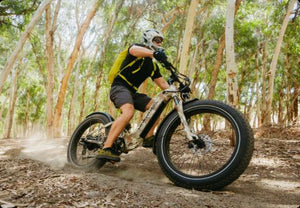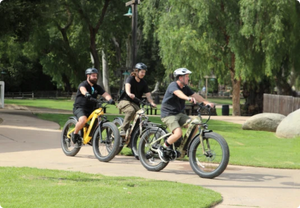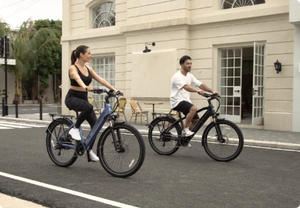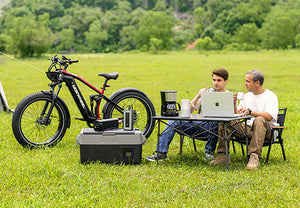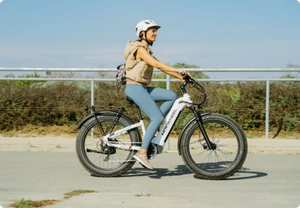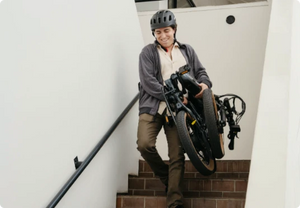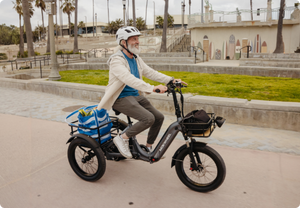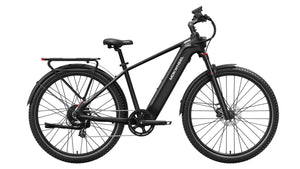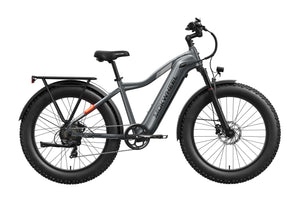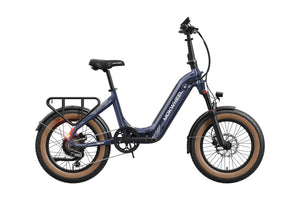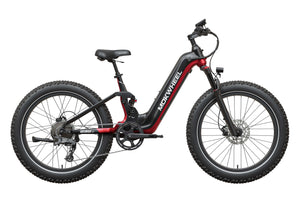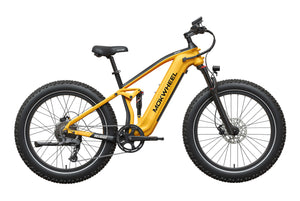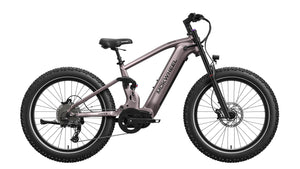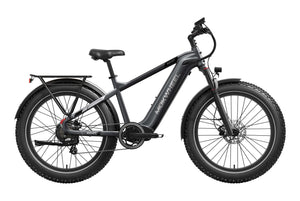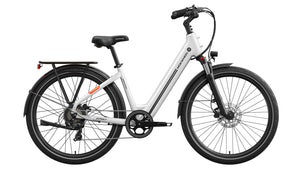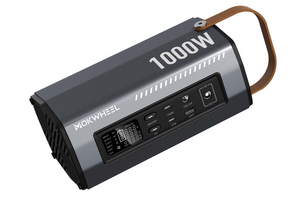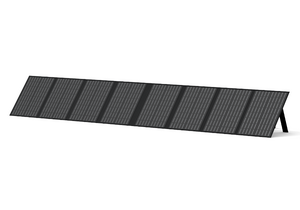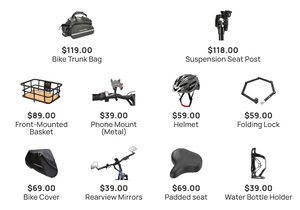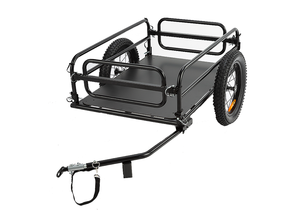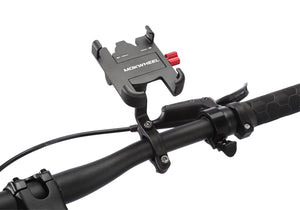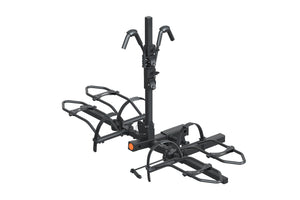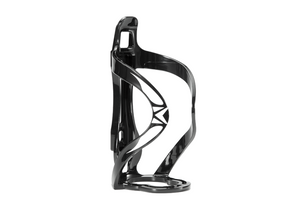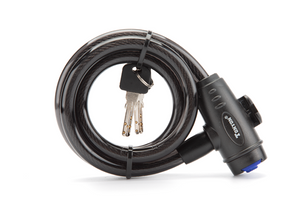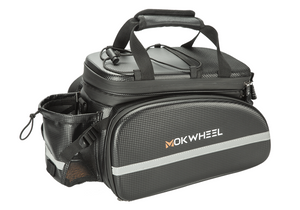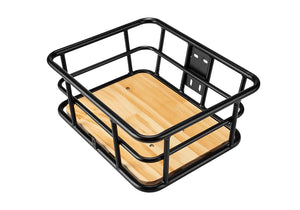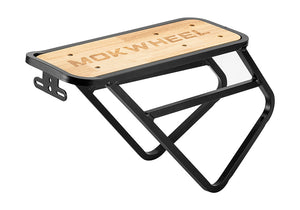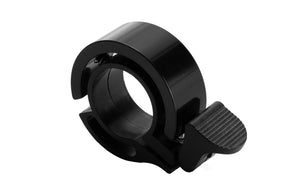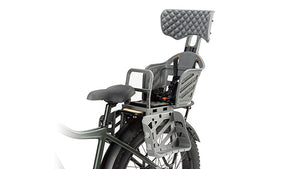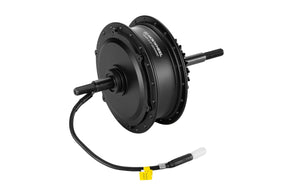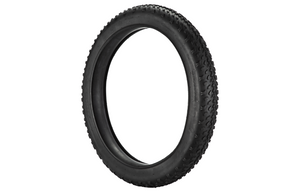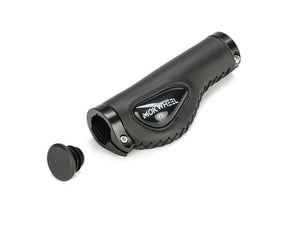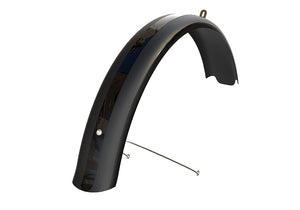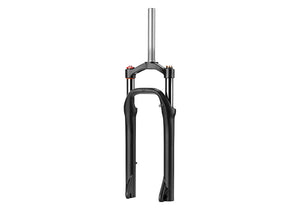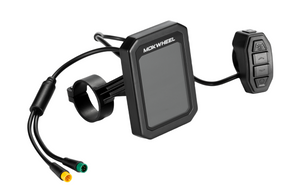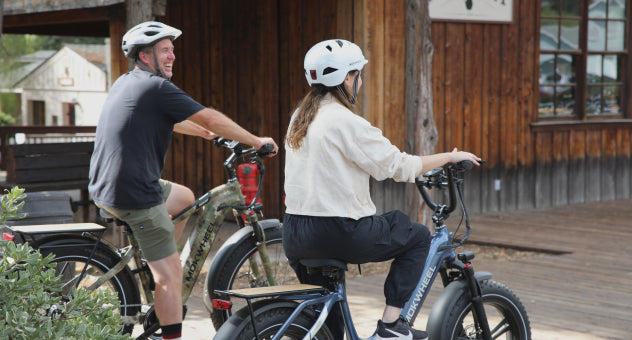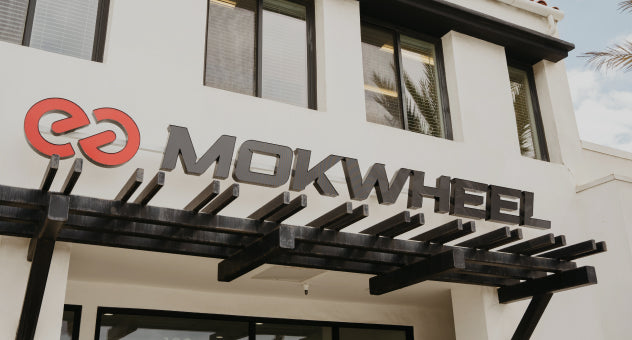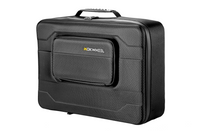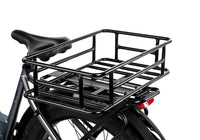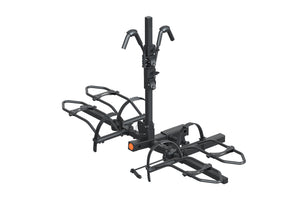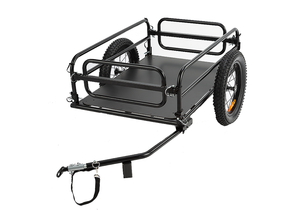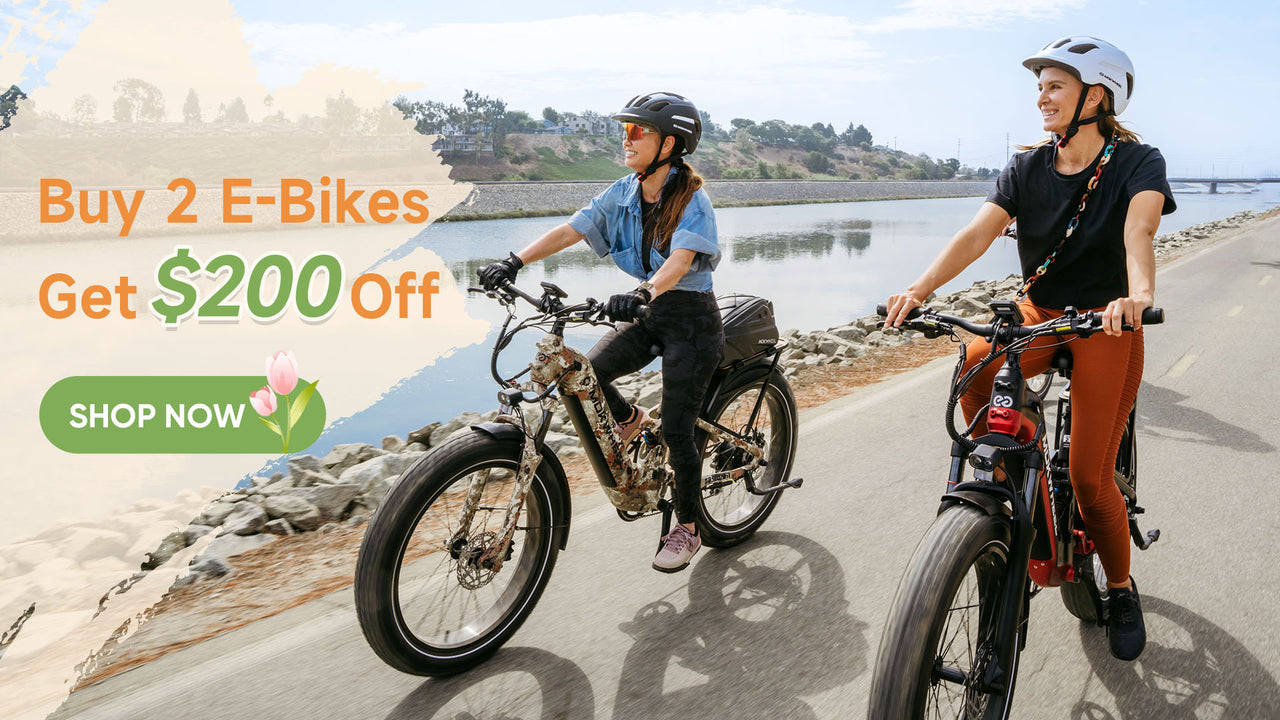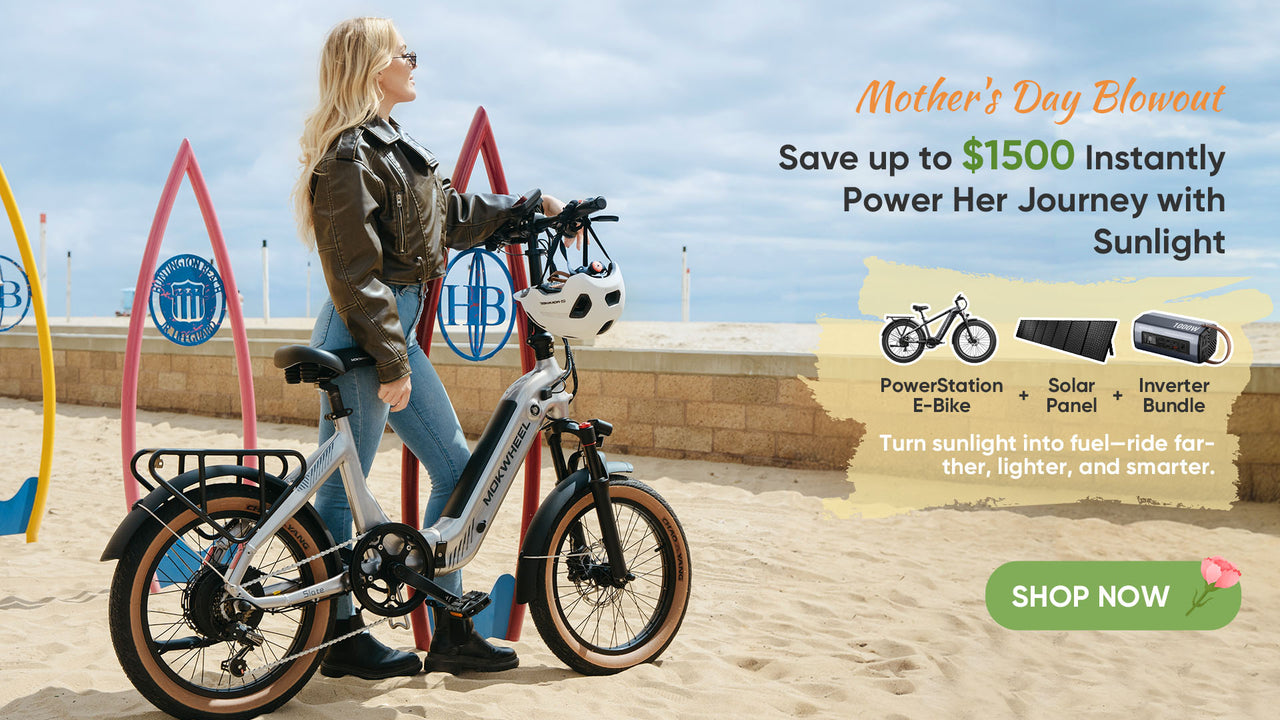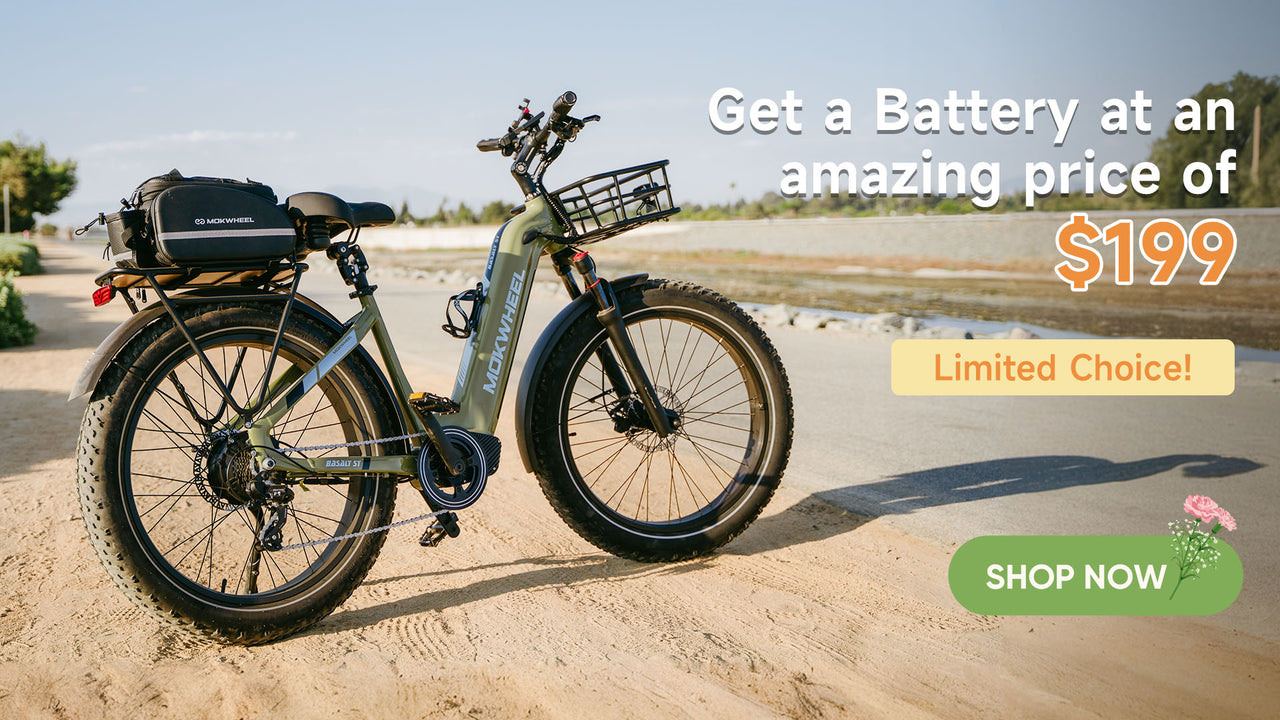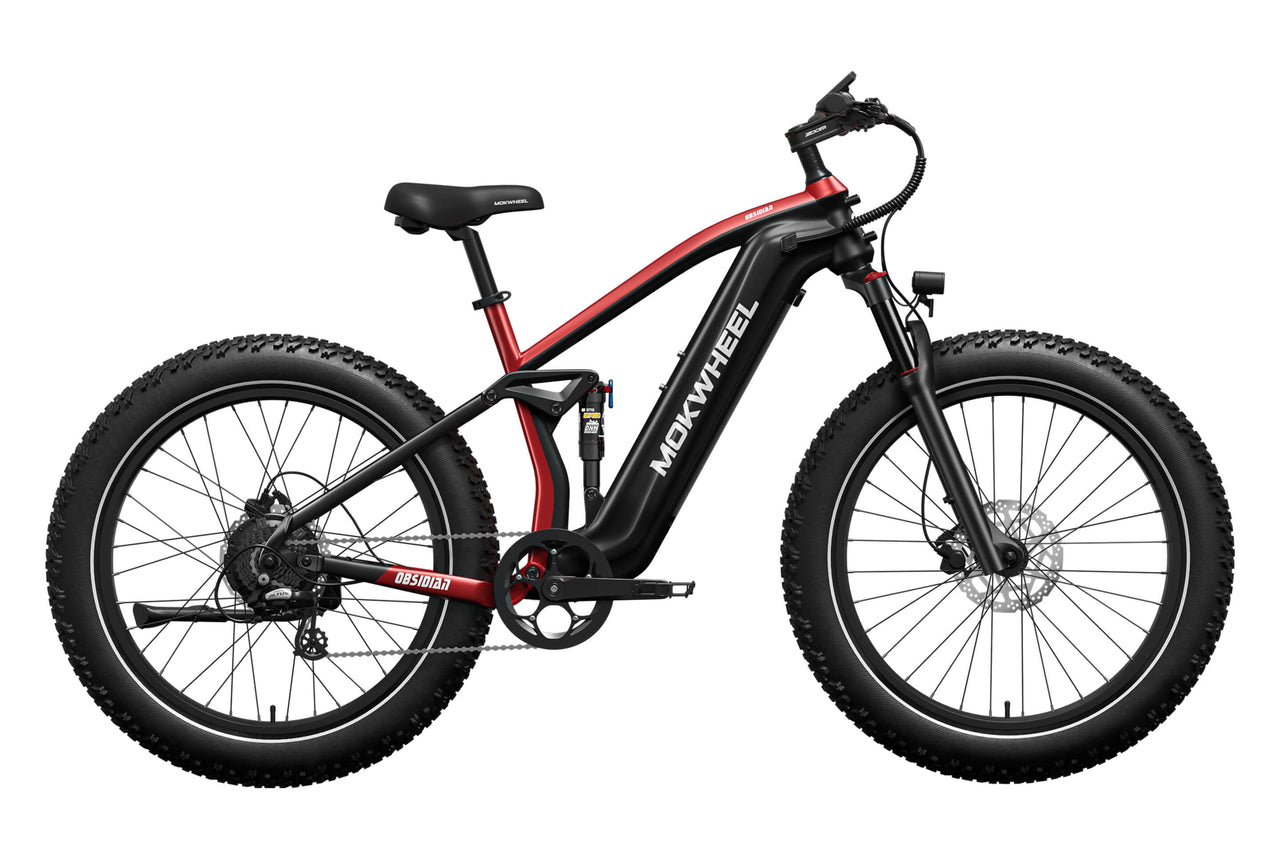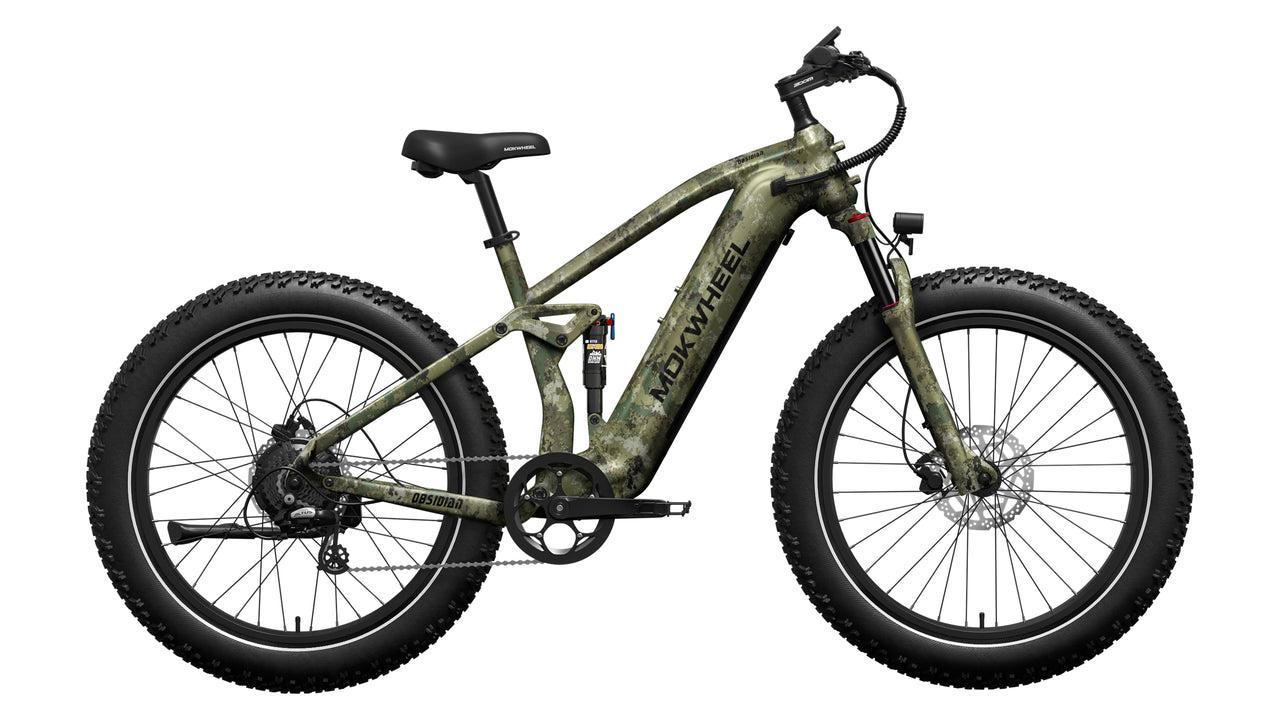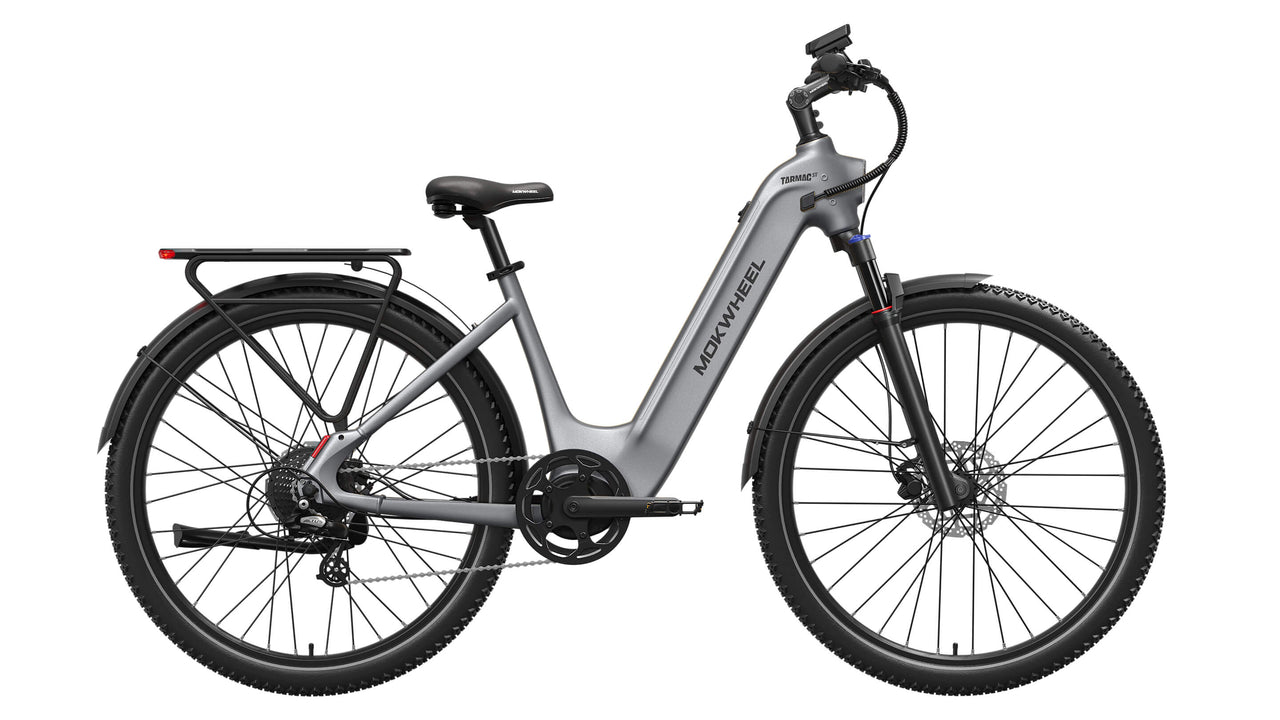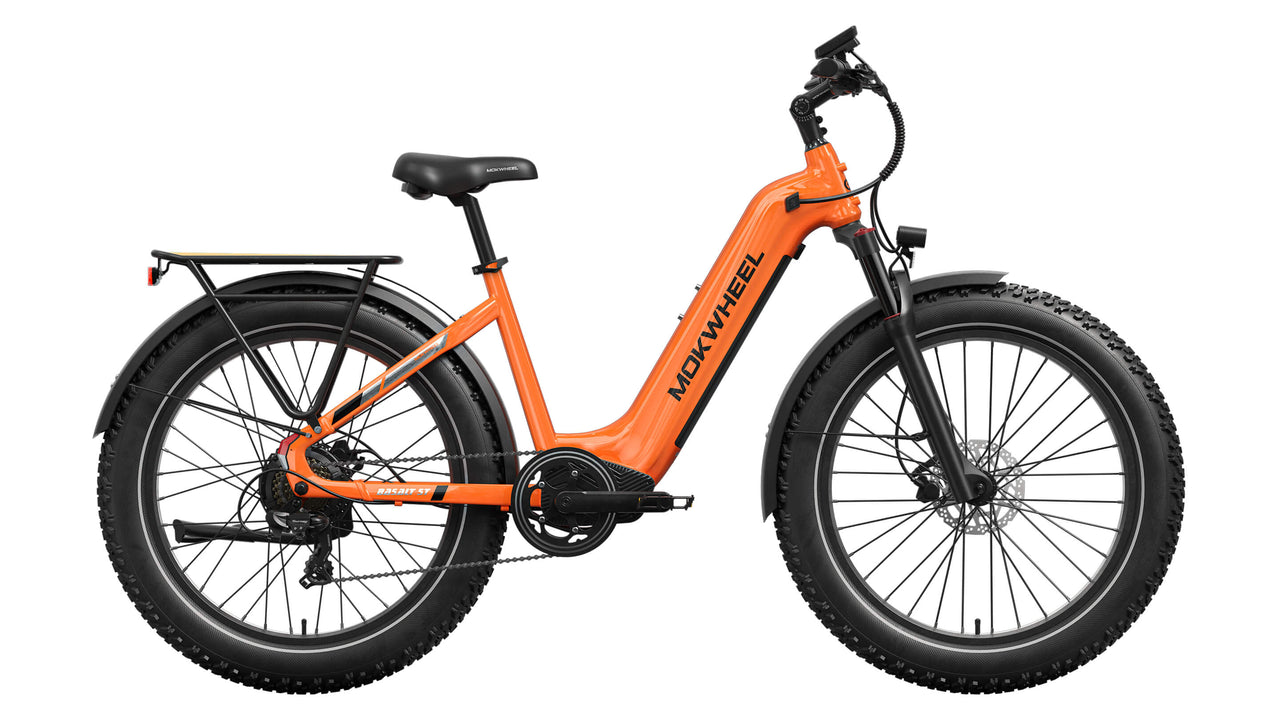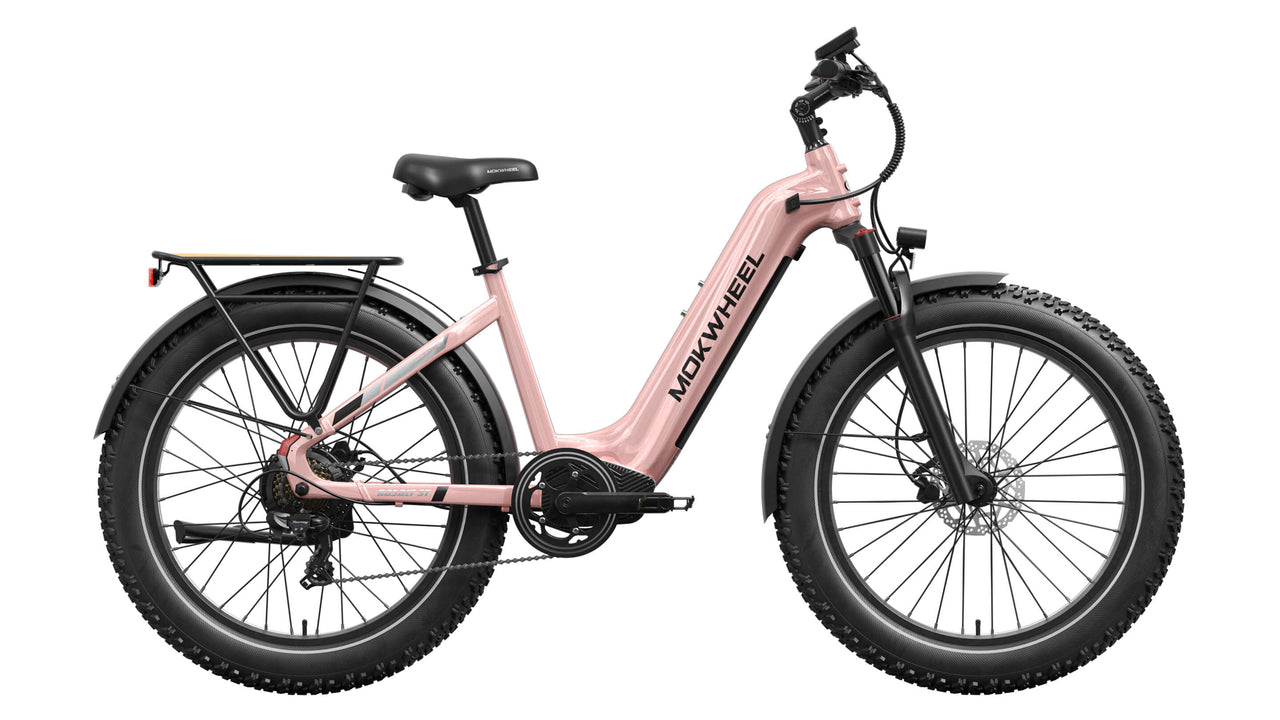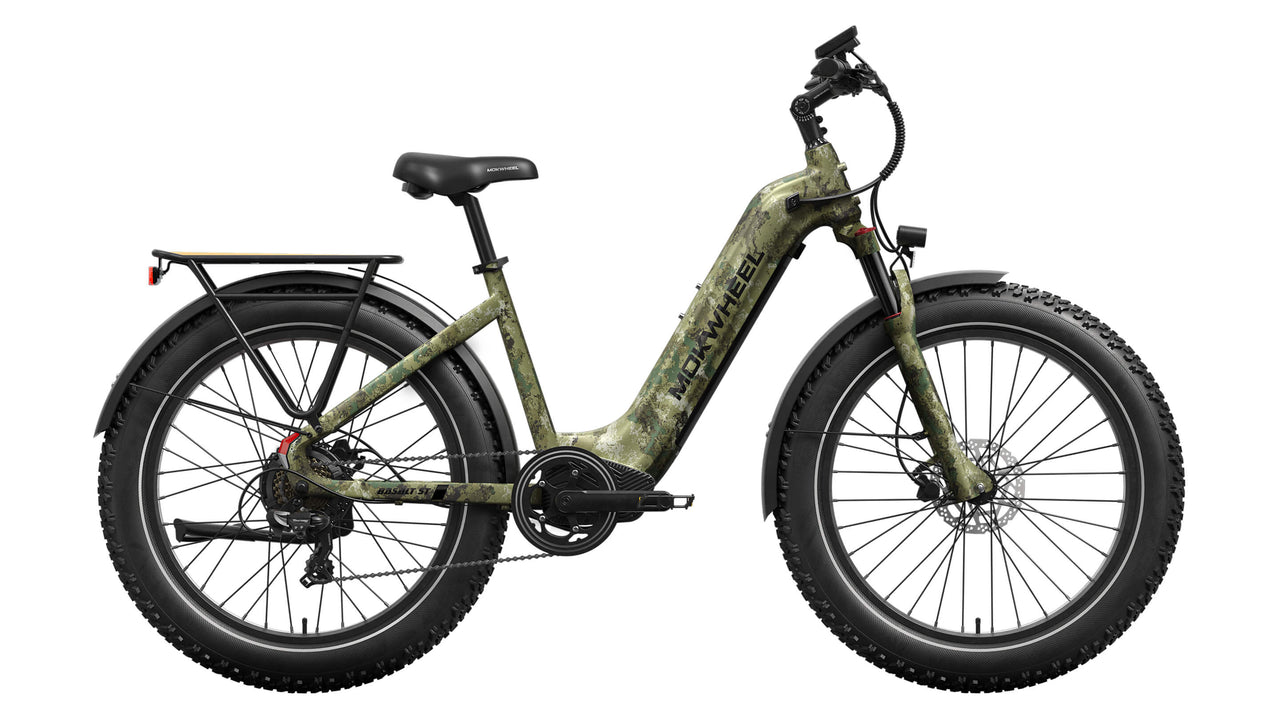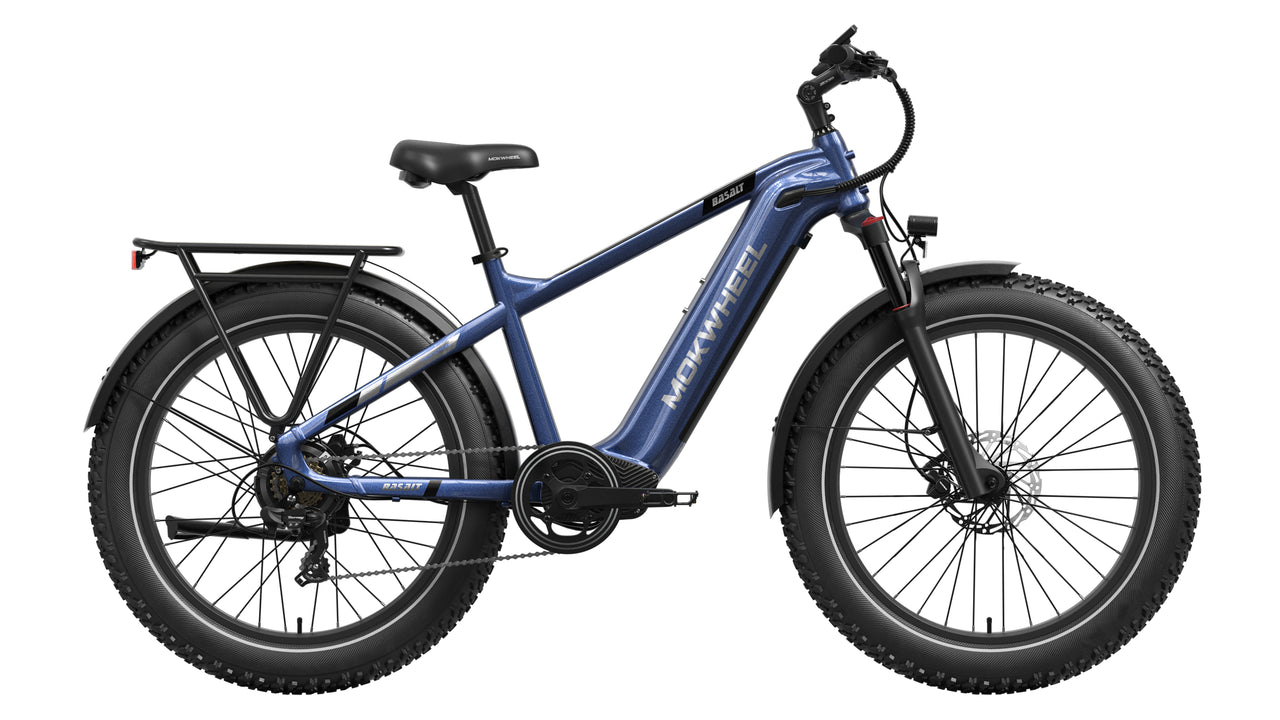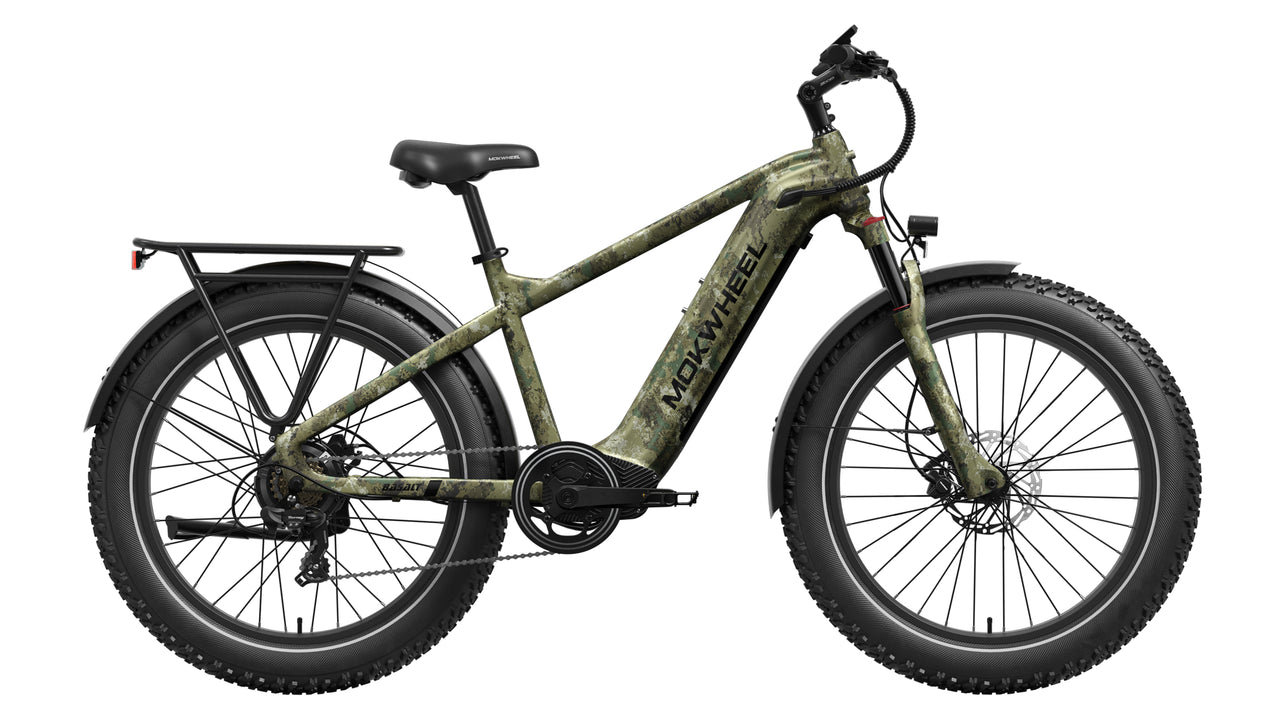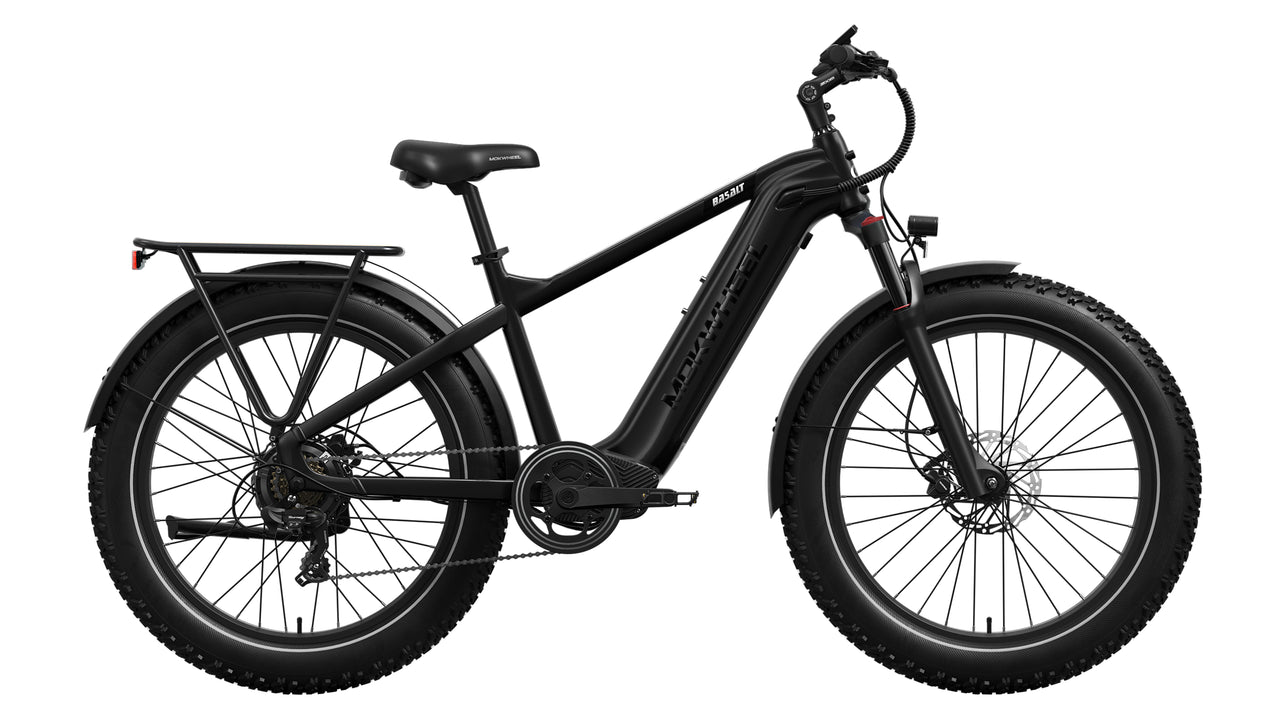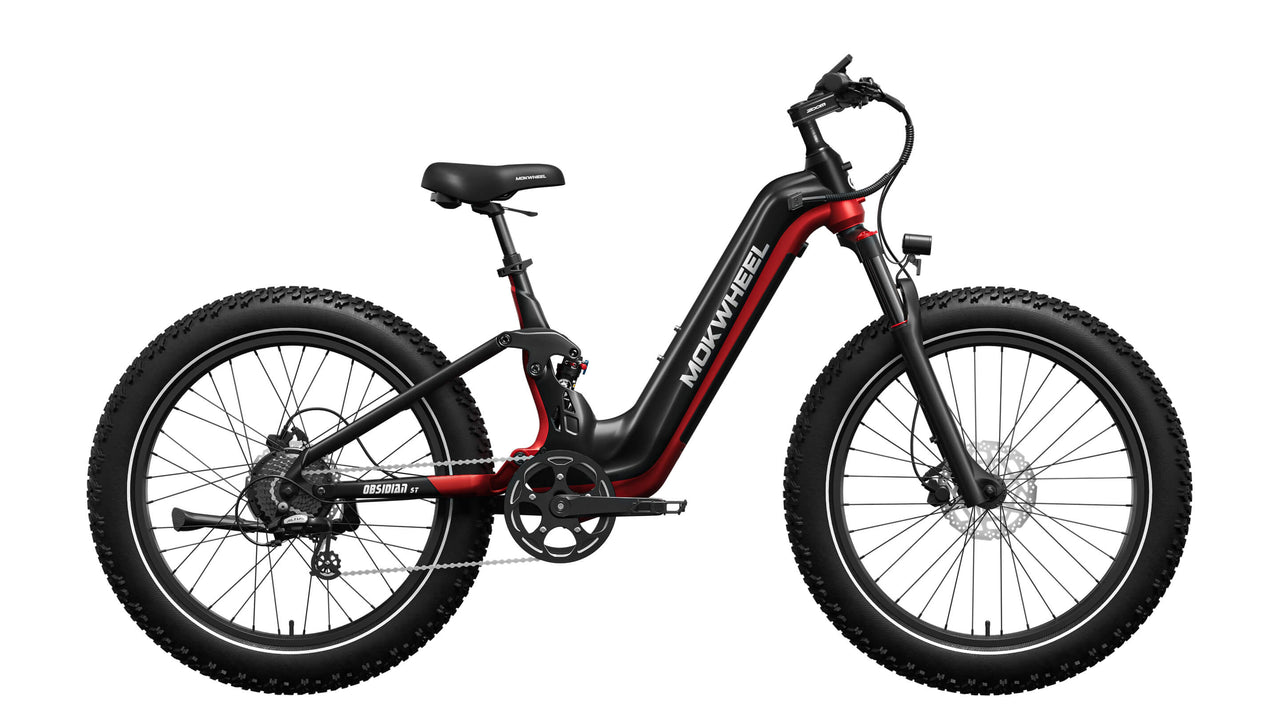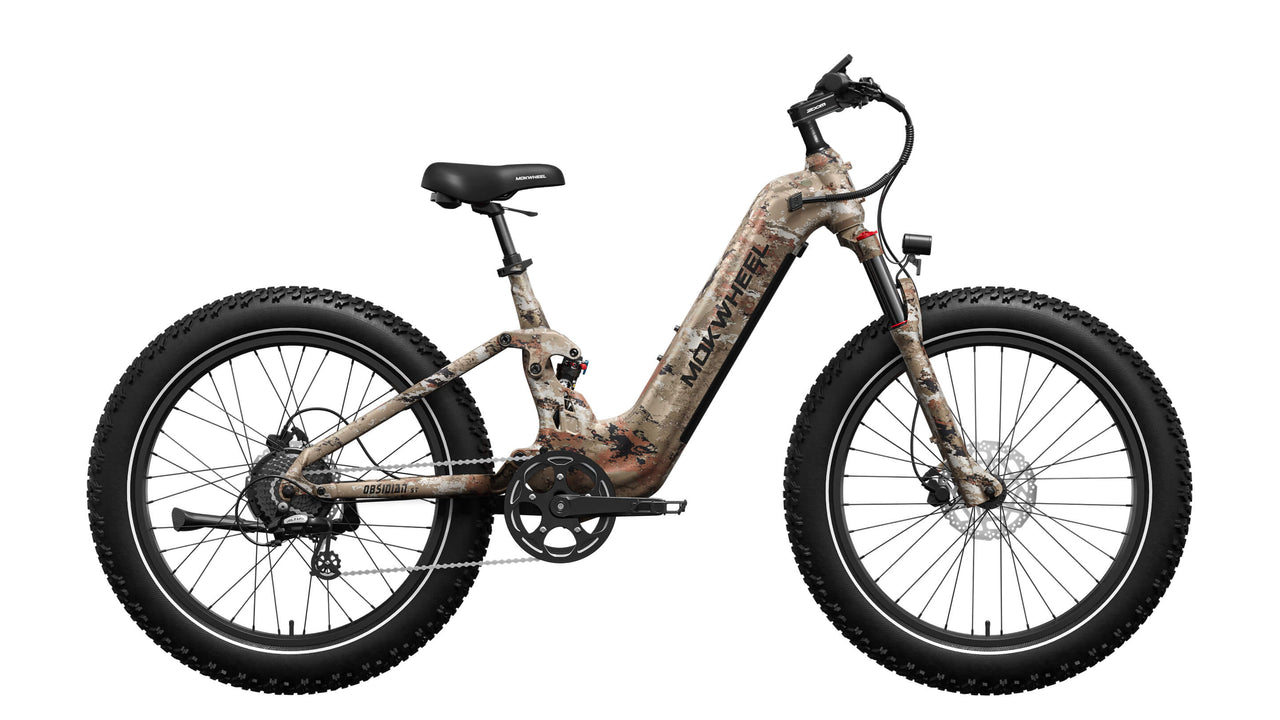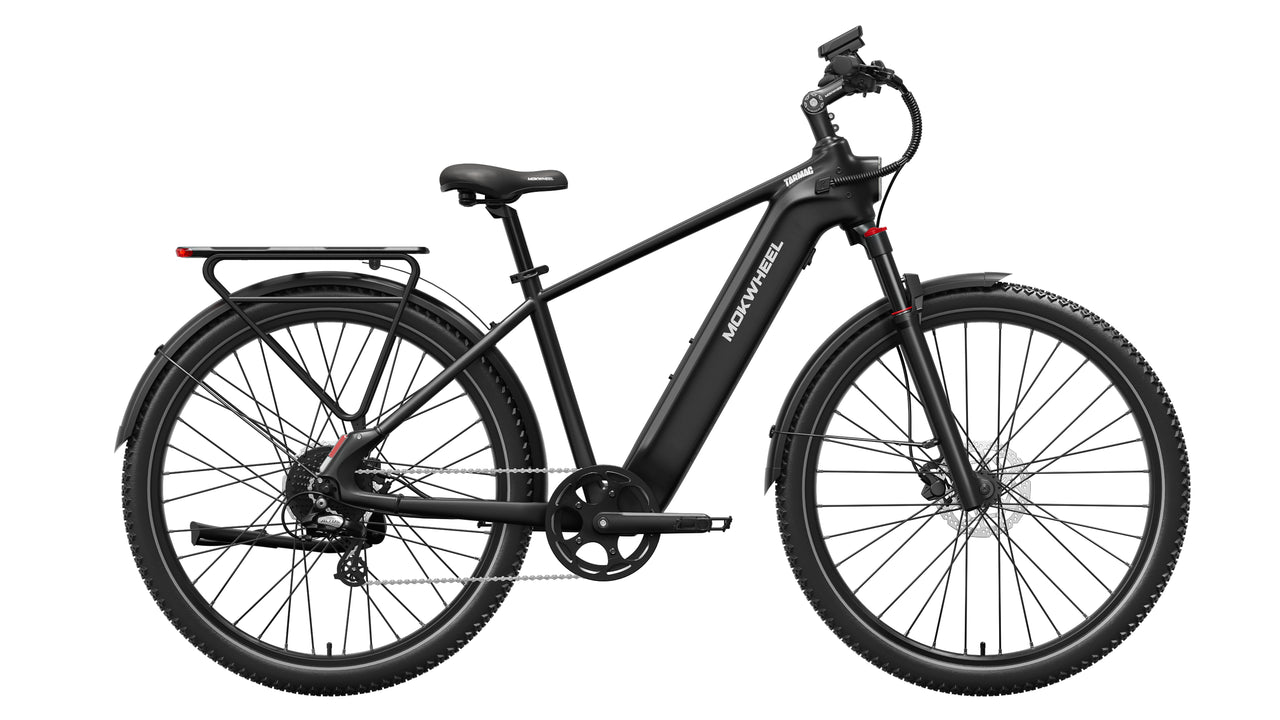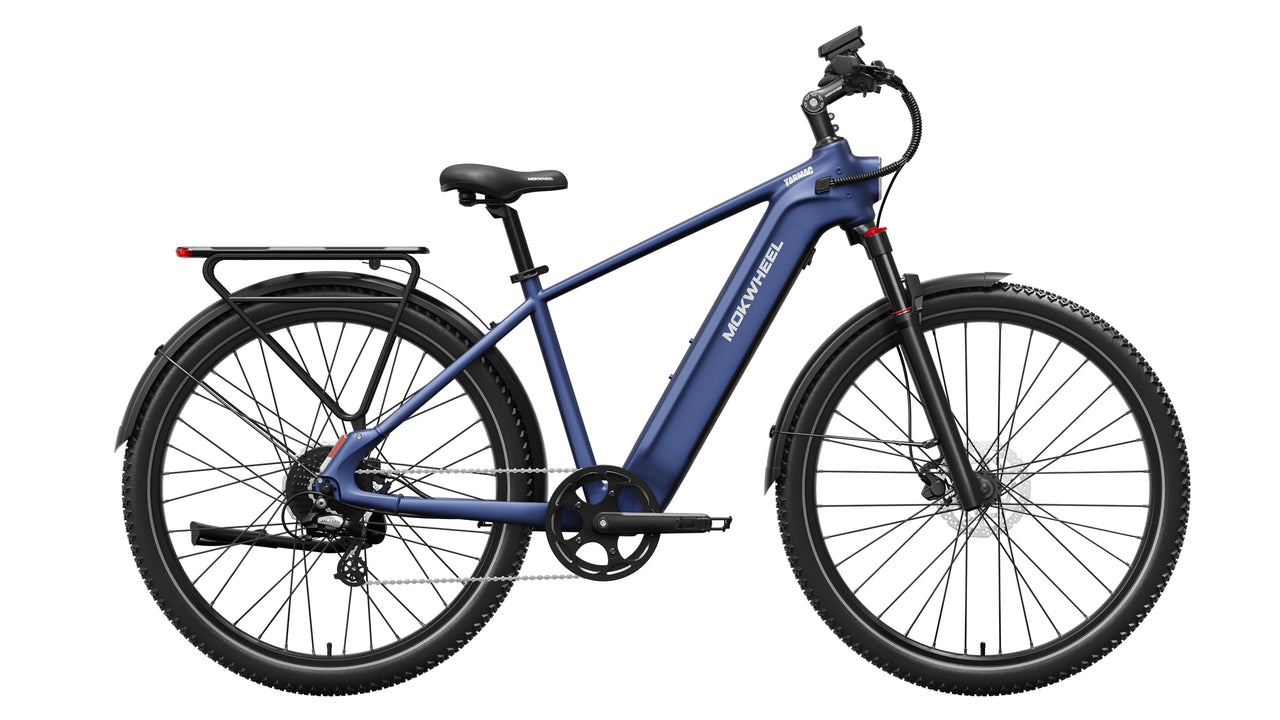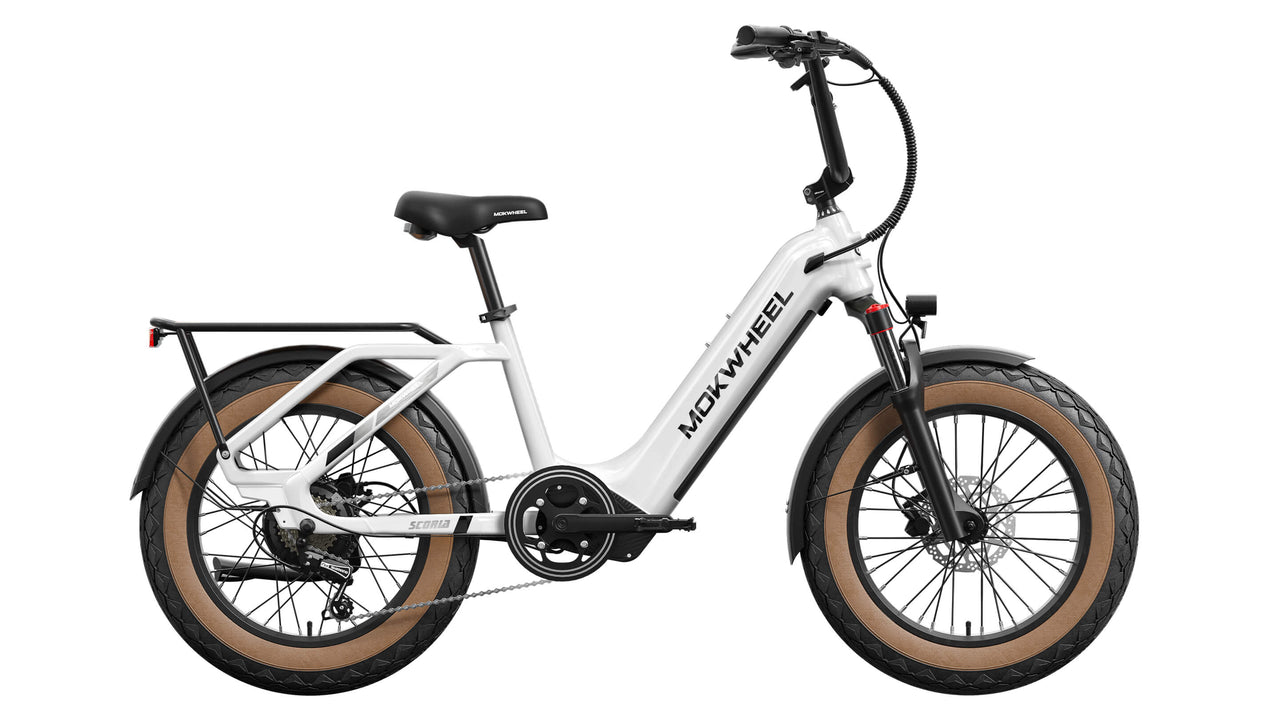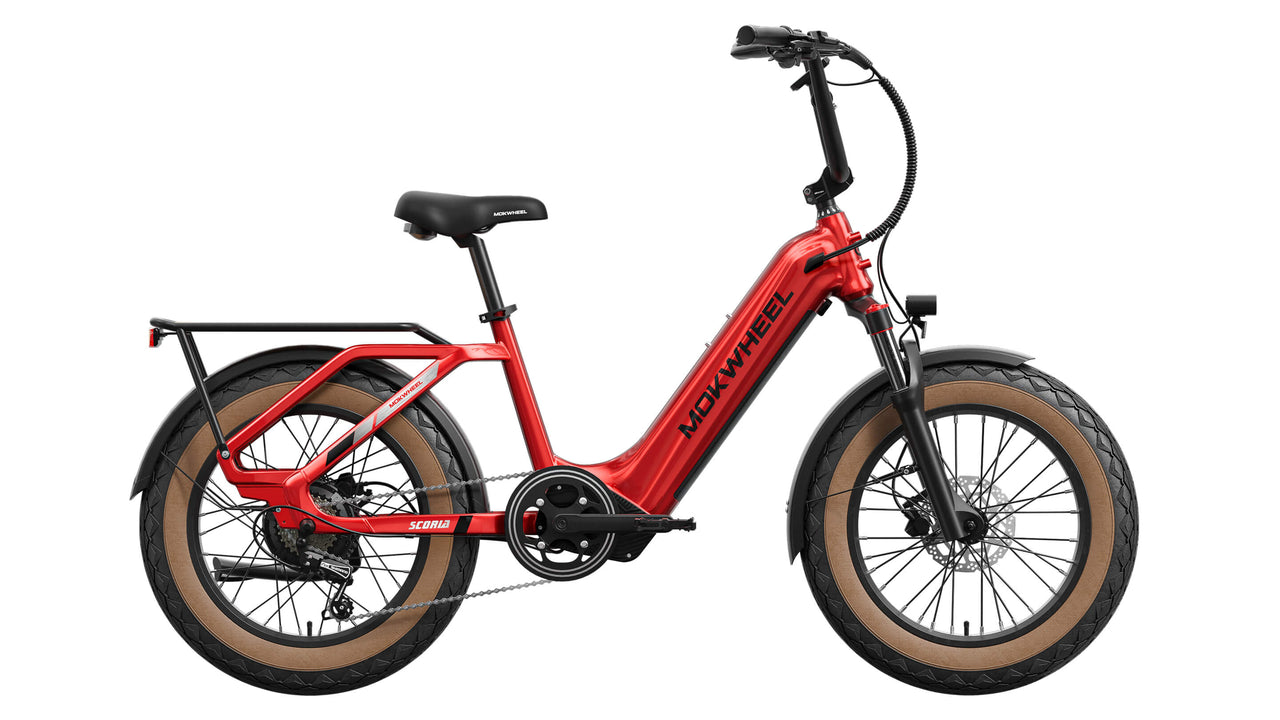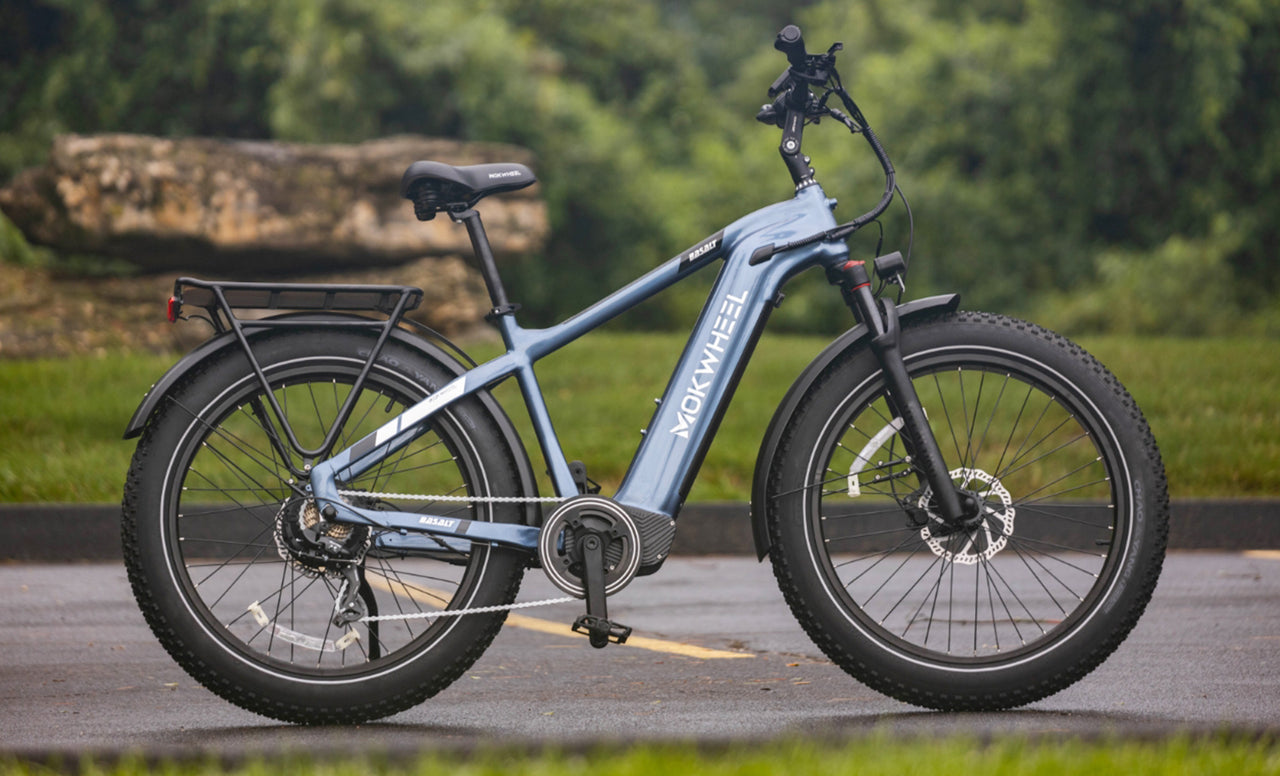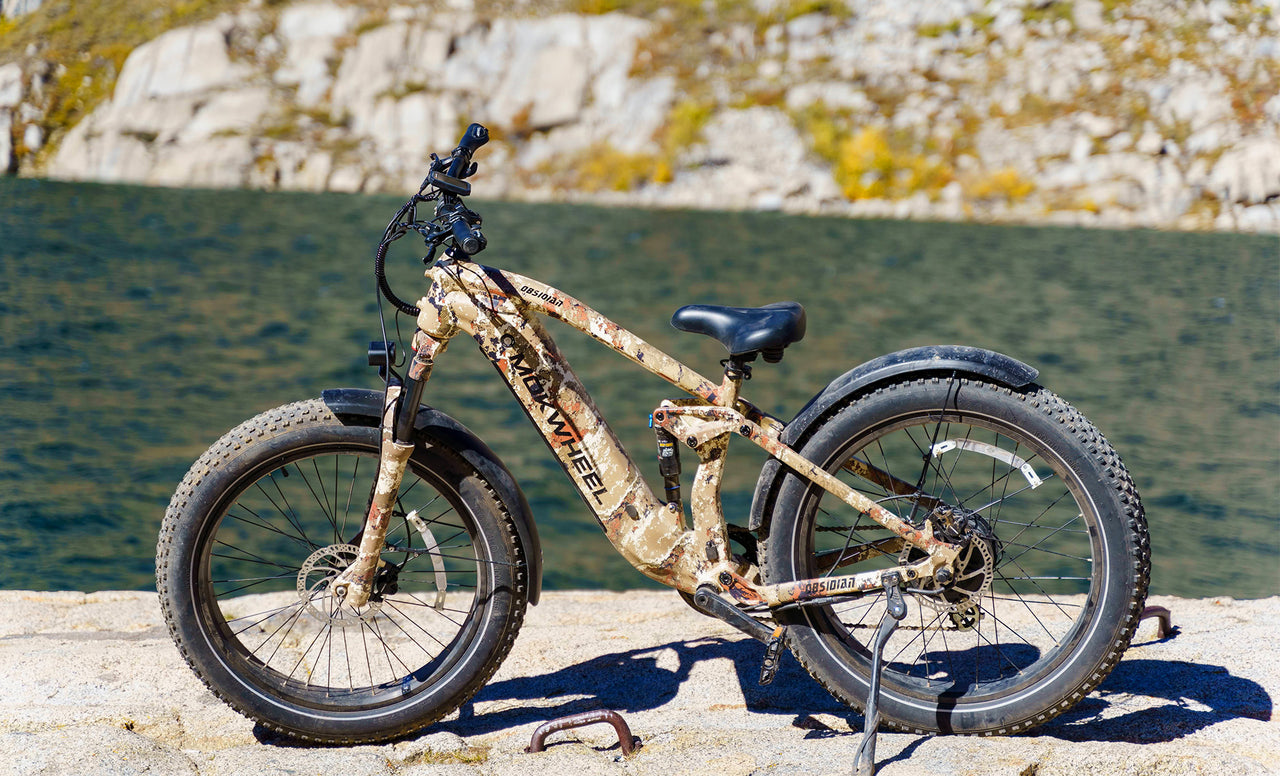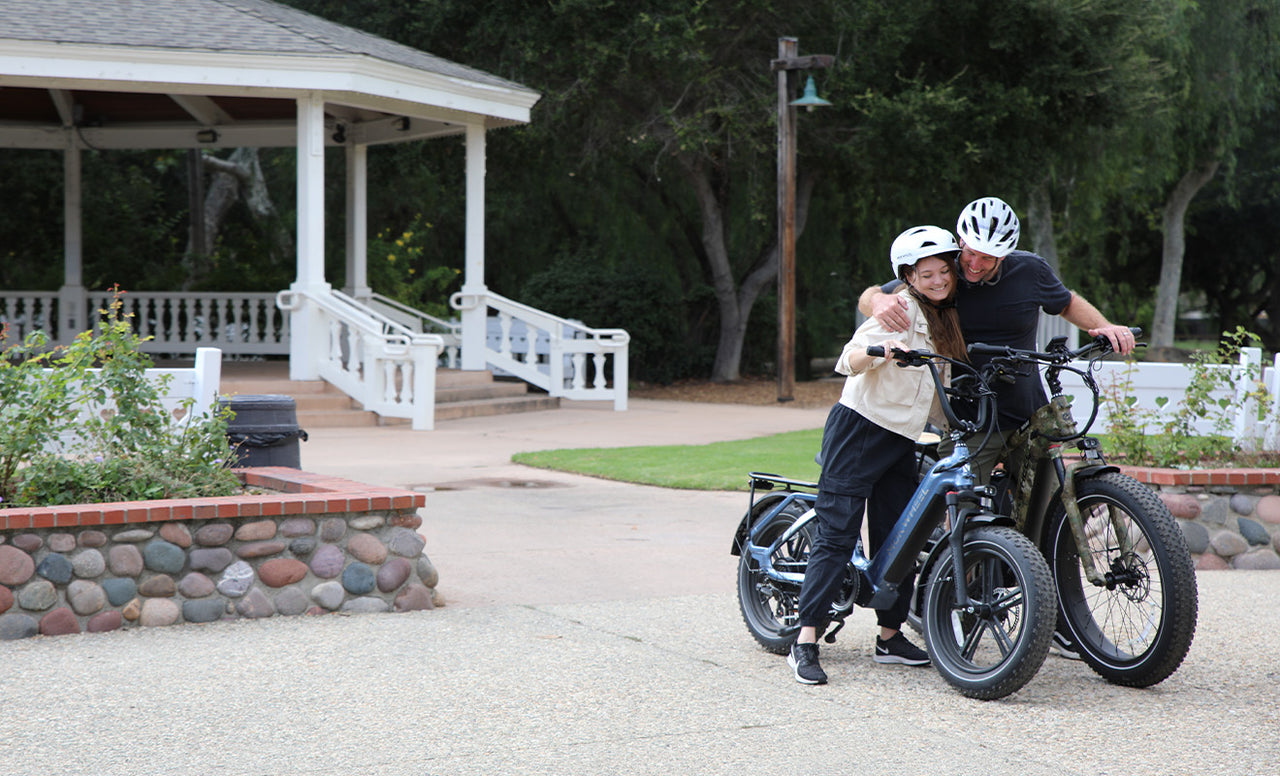Thinking about buying an electric tricycle but don’t know where to start? Instead of getting lost in models, specifications, and prices, it’s better to first clarify your usage scenario. Whether for commuting, family errands, cargo transport, or leisure rides, each purpose requires specific power, range, and safety configurations.
This article starts from real-life use cases and explains key aspects such as motor power, battery capacity, and braking systems step by step. It helps you avoid common mistakes and find the trike that truly suits you — stable, safe, comfortable, and practical.
What Is an Electric Tricycle and Why Is It Becoming So Popular?
An electric tricycle (Electric Trike) is a lightweight electric vehicle that combines stability and convenience. Compared with two-wheel electric bikes, it has an extra “support leg” — the third wheel — which makes the center of gravity more stable and easier to control. It is especially suitable for seniors, women, or those who lack confidence in their balance — this sense of safety is very important.
Main Advantages:
- Safer and more stable: Three points of contact reduce rollover risk.
- More comfortable: Wide seat, backrest, and upright posture reduce back pressure.
- More practical: With a basket or rear trunk, it easily carries daily items.
- More eco-friendly: Zero emissions, low noise, and low charging cost.
But to choose the “just right” model, you must first figure out — what will you mainly use it for?
Classification by Purpose: Determine Your Usage Scenario First
Before choosing an electric tricycle, ask yourself one question:
“What will I mainly use it for?”
Different purposes correspond to completely different priorities. Below are the four most common scenarios and the recommended configurations.
Commuting Type: Lightweight, Range, and Comfort First
If your main purpose is commuting to work, grocery runs, or school drop-offs, then you need a lightweight, easy-to-operate, and easy-to-charge tricycle.
Suitable for: Office workers and short-distance commuters.
Recommended Features:
- Range: 25–40 miles (40–60 km) — enough for daily commuting.
- Motor Power: 400–600W — smooth acceleration and hill-climbing.
- Body Design: Foldable or lightweight for easy parking.
- Extras: Waterproof cover, LED headlight, USB charging port.
A motor power of 400–600 watts meets most city needs, with a range of 25–40 miles. Commuter trikes don’t need high speed — stability and ease of parking are more important. If parking spaces are limited, choose a foldable or narrow model.
💡 Tip: If parking or charging is inconvenient at home, choose a removable battery for flexibility.
Family Use Type: Prioritize Safety and Comfort
For seniors or users with limited mobility, safety matters more than speed. Focus on three main aspects: stability, handling, and comfort.
Suitable for: Seniors or users with mobility challenges.
Recommended Features:
- Stability: Low center of gravity and wide wheelbase.
- Handling: Low-speed mode, reverse gear, electronic brake.
- Comfort: Padded seat with backrest.
- Extras: Sunshade, rain cover, storage basket.
A low center of gravity reduces rollover risk. Wide tires and anti-slip pedals enhance grip, while front and rear disc or hydraulic brakes maintain reliable control even on wet surfaces. A soft seat and backrest reduce fatigue during long rides. Some models even include sunshades or rain covers for changing weather — small details that make a big difference in comfort and safety.
Safety Tip: Choose models with front and rear reflectors, a horn, and hydraulic brakes for safer nighttime rides.

In “family + light cargo” scenarios, consider a foldable, stable, range-friendly trike — for example, the Mokwheel Granite Electric Tricycle:
- 500W motor (peak 860W) ensures smooth starts and climbing, with a 20 MPH legal speed limit for safety.
- Official range: 45–55 miles per charge — perfect for weekly errands.
- 350 lbs load capacity and 3.0-inch tires for balance and grip.
- 80mm front suspension and wide upright seating for long-ride comfort.
- Fits riders 5'0"–6'2"; folds for easy indoor or garage storage.
Compared with entry-level models, this “foldable + heavy load + mid-power + comfort suspension” setup fits family and urban living needs more completely.
Related Reading: Best Electric Bikes for Seniors: Comfort & Safety
granite-blog
Cargo Utility Type: Power and Load Capacity Are Key
If you plan to use your trike for delivery, vending, or transporting goods, focus on carrying capacity and range.
Suitable for: Delivery workers, small vendors, rural users.
Recommended Features:
- Motor Power: ≥800W — for high torque under load.
- Battery Capacity: ≥20Ah — for long hours of work.
- Load Capacity: ≥330 lbs (150 kg) — reinforced frame and non-slip pedals.
- Extras: Cargo box, tail light, brake lock.
Choose models with 800W or higher motors for reliable starts and hill-climbing when fully loaded. A 20Ah battery gives around 37 miles (60 km) of range. Reinforced steel or high-strength aluminum alloy frames are best. Add anti-slip pads and sturdy supports on racks and boxes. Because cargo trikes are larger with wide turning radii, plan routes and parking spots in advance.
💡 Pro Tip: Don’t chase extreme load capacity — it increases energy use and shortens battery life.

Leisure Type: Comfort and Range in Balance
If you enjoy outdoor rides, fishing, or short trips, focus on comfort.
Suitable for: Riders who love short outdoor trips or family leisure rides.
Recommended Features:
- Motor Power: 500–800W — suitable for flat and sloped roads.
- Range: 37–50 miles (60–80 km) — ideal for leisure rides.
- Comfort: Suspension system, wide tires, adjustable seat.
- Extras: Bluetooth speaker, USB port, sunshade.
These trikes often have suspension, wide tires, non-slip seats, and multi-level pedal assist for relaxed riding on various terrains. For longer trips, choose 37–50 miles range. Some models offer adjustable seat angles, Bluetooth speakers, or USB ports for added convenience.
💡 Usage Tip: For slippery roads, prioritize anti-slip tires and good braking systems.

How to Choose Key Specifications (Quick Guide for Beginners)
For beginners, terms like “Watts,” “Amp-hours,” and “IP rating” can be overwhelming. Focus on these key metrics to judge a vehicle’s performance.
| Configuration | Key Parameter | Recommended Range | Notes |
|---|---|---|---|
| Motor Power | 400–1000W | Based on terrain and load | Higher power = stronger start, but higher energy use |
| Battery Capacity | 12–20Ah | Based on travel distance | Bigger capacity = longer range and charge time |
| Range | 19–50 miles (30–80 km) | Daily needs +20% margin | Extra range prevents running out mid-trip |
| Frame Material | Aluminum / Steel | Balance weight and strength | Aluminum is light and rust-resistant; steel is sturdier |
| Brake System | Disc / Drum | Prefer disc brakes | More responsive, safer on wet surfaces |
| Battery Type | Lithium / LFP | Prefer lithium | Lighter, more durable, higher charge efficiency |
Before buying, always test ride — check braking response, acceleration smoothness, and seat comfort.
No matter how great the specs look, nothing beats real experience.
5 Key Details to Check Before Buying
-
Is the battery removable?
Non-removable batteries require moving the whole trike for charging — inconvenient for daily use. -
Is local service available?
Electric trikes need maintenance — batteries, brakes, and controllers all require care. Nearby repair support is more important than brand reputation. -
Does it meet local registration rules?
Some areas limit motor power, speed, or appearance. Check before buying to avoid legal issues. -
Are parts widely compatible?
Higher compatibility means easier repairs and lower costs. -
Does it feel right to ride?
Test it — braking, turning, and comfort define your real experience.
Common Buying Mistakes (and How to Avoid Them)
| Mistake | Problem | Correct Approach |
|---|---|---|
| Chasing high power | High power increases noise and energy use | Choose based on your real needs |
| Focusing only on price | Cheap models cut corners on battery and brakes | Balance price with quality and service |
| Ignoring range margin | Real range ≈ 80–90% of advertised | Choose 20% higher range |
| Overlooking after-sales | Hard to repair, higher costs later | Confirm local service options |
| Ignoring regulations | Some trikes can’t legally be used on roads | Check local traffic laws before purchase |
Start from Purpose to Find the Right Electric Tricycle
Choosing an electric tricycle isn’t about who has better specs — it’s about finding the best match for your lifestyle.
- Commuters focus on practicality and flexibility.
- Families value safety and comfort.
- Cargo users prioritize power and load capacity.
- Leisure riders seek stability and enjoyment.
Once you’re clear on your main purpose, consider motor, battery, comfort, frame, and after-sales service together — and you’ll find a reliable, trustworthy model.
The best trike isn’t the most expensive — it’s the one that fits you best.
May every rider enjoy sunny days, steady rides, and the joy of easy travel on their perfect electric tricycle.






